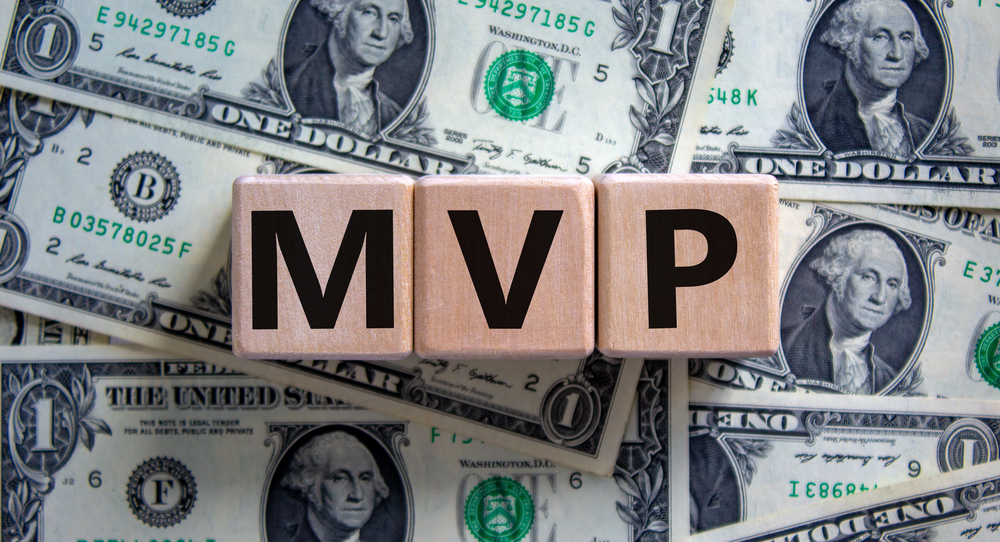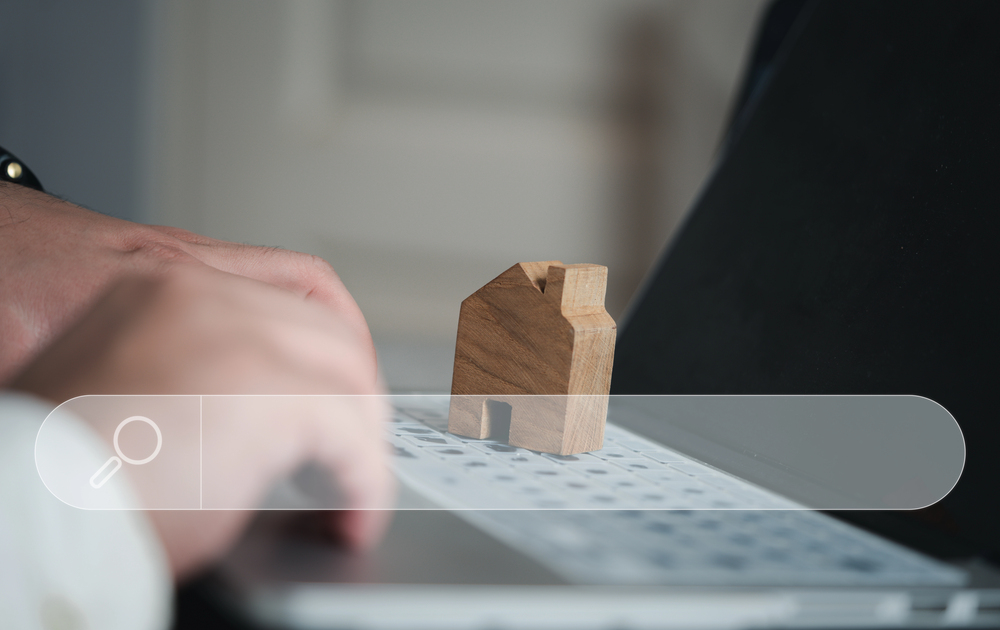For many independent hotels, pricing decisions still happen the old-fashioned way: a quick look at competitor rates, a glance at occupancy levels, and a few instinctive rate changes based on experience. It feels natural. It feels fast. But it also silently limits revenue potential every single day.
Gut-feel pricing isn’t a strategy. It’s a reaction. And in a data-driven hospitality market, reactionary pricing leads to lost revenue, shrinking margins, and missed opportunities.
What Is Gut-Feel Pricing?
Gut-feel pricing happens when room rates are driven by emotion rather than evidence. Hoteliers who price this way usually rely on:
- Guesswork based on last year’s rates
- Fear of losing bookings to cheaper competitors
- Frequent reactive discounts when occupancy drops
- Habitual pricing routines that ignore market behavior
- Manual decisions with no long-term structure
The Cost of Instinct-Based Pricing
Revenue Leakage
When rates aren’t aligned with demand, hotels often sell rooms for less than guests are willing to pay. Discounts are used as quick fixes when bookings slow down, and over time, this erodes revenue potential without actually increasing profitability.
Inconsistent Guest Perception
Unstructured pricing causes unpredictable rate fluctuations that confuse travelers and make them hesitate to book. If rates jump randomly from one day to the next, guests begin to mistrust your pricing.
Margin Erosion
Competitive discounting feels like the safest move in slow periods, but it quickly becomes a race to the bottom. Once your price drops, it’s tough to recover without damaging perceived value.
Pricing Should Be Strategic, Not Emotional
Strong revenue performance is built on consistent, structured decision-making. Instead of responding emotionally to market shifts, you need a hotel pricing strategy that uses historical data, demand forecasting, and segmentation to guide rate adjustments.
This is why more hotels are moving toward hotel pricing software. Instead of relying on gut feelings, pricing becomes:
- Transparent
- Informed by market data
- Consistent across channels
- Automatically adjusted in real-time
- Linked to profitability goals, not panic
Behavioral Traps That Keep Hotels Stuck in Gut-Feel Pricing
Fear-Based Discounting
When occupancy slows, instinct says drop prices. But fear-driven discounting trains customers to wait for deals and lowers ADR unnecessarily. The smarter move is value-based pricing that offers compelling direct booking incentives without slashing rates.
Copying Competitor Rates
Watching your comp set is important, but copying them guarantees mediocre results. Competitor pricing isn’t always logical. Many of them are also guessing. Lead with your own positioning, not imitation.
Short-Term Reactions
Relying too much on yesterday’s pacing or last week’s performance causes knee-jerk rate changes. Pricing should follow long-term booking patterns, demand windows, and forecasted behavior.
Avoiding Change Due to Habit
Many hotels stick with gut-feel pricing simply because it’s familiar. But comfort is expensive. Modern revenue strategies require adaptability and better use of pricing intelligence.
Why Data-Driven Pricing Wins
Hotels that embrace structured pricing outperform those relying on instincts. Here’s why:
Better Demand Prediction
Using historic data and market insight reveals long-term booking trends and seasonal pacing. Hotels can then anticipate demand rather than constantly reacting to it.
Price Integrity
Data-supported pricing creates rate consistency and protects brand value. Guests are more likely to trust and book when pricing feels fair and logical.
Smarter Channel Management
With stronger pricing analytics, you can maximize direct bookings while still benefiting from OTA visibility.
Higher Revenue with Less Stress
Once pricing logic is defined and automated through software, managers stop firefighting with daily rate changes and start focusing on strategy and guest experience.
The Role of Hotel Pricing Software
Technology doesn’t replace human expertise. It enhances it. Modern hotel pricing software allows you to:
- Automate rate updates in real time
- Monitor competitor price movements intelligently
- React to demand shifts instantly
- Maintain pricing consistency across all channels
- Use rules that align price decisions with business goals
How to Move Beyond Gut-Feel Pricing
Shifting from instinct to insight doesn’t have to be complicated. Start with these steps:
1. Define Revenue Goals:
Know whether you’re optimizing for occupancy, ADR, or total revenue.
2. Set a Pricing Framework:
Create structured rules based on demand periods, booking windows, and segment value.
3. Use Automation Wisely:
Implement software to handle repetitive pricing decisions and free up your time.
4. Stay Flexible:
Review performance trends weekly and refine your strategy.
5. Think Value, Not Discounts:
Offer reasons to book, not reasons to lower your worth.
The Bottom Line
Gut-feel pricing isn’t a strategy, it’s a habit, and habits can be changed. By adopting a structured hotel pricing strategy and supporting it with real-time data and intelligent automation, you can unlock revenue that instinct alone will never capture. When pricing becomes intentional rather than emotional, profitability improves, pricing confidence grows, and every rate decision moves your business forward.
Find a Home-Based Business to Start-Up >>> Hundreds of Business Listings.

















































